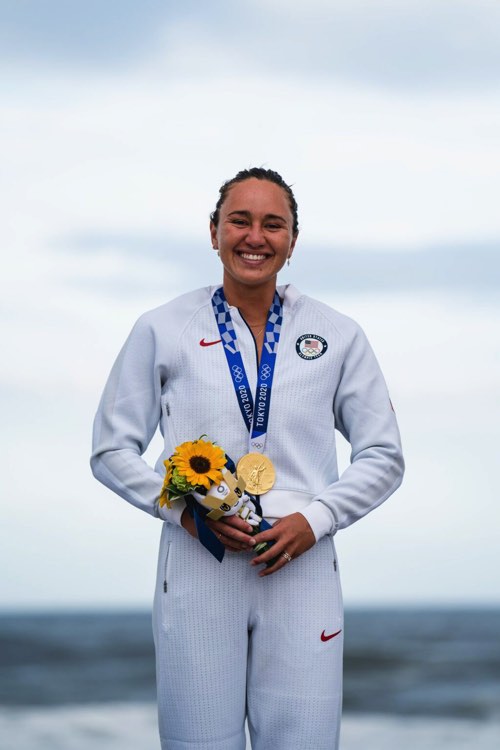
The two surfboards that won gold medals at the Olympics
Only 15 meters apart in San Clemente, California.
The boards are designed in two factories.
Nishii wrote something interesting in the following STAB article, so I translated it and would like to share some excerpts with you.
https://stabmag.com/features/the-two-olympic-winning-surfboards-were-designed-50-feet-away-from-each-other/
Timmy Patterson and Matt Biolos talk about the Olympic business boom and more.
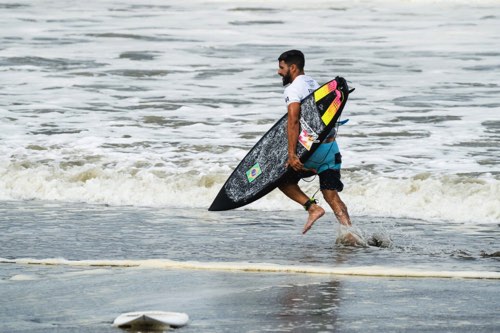
It was no surprise when Italo Ferreira and Carissa Moore became surfing's first ever Olympic gold medalists.
After all, they are the annual World Champions on the WSL Tour.
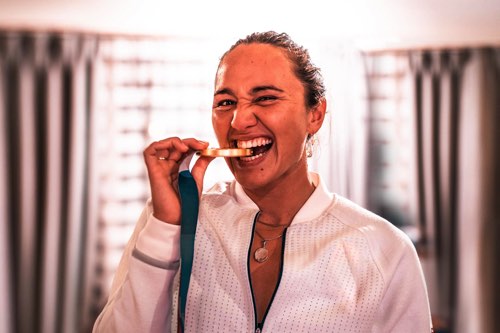
It's no surprise that Italo and Carissa's Olympic Gold Medal boards were both designed in San Clemente, California.
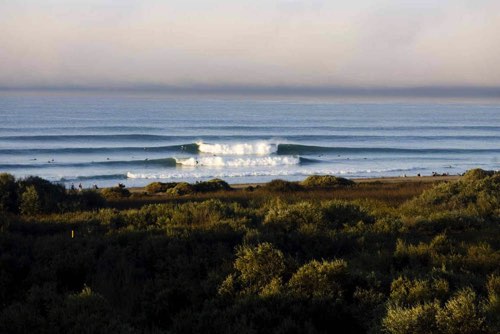
The waves at Lower Trestles are exactly what the currently popular WAVE pools are aiming for.
Lower Trestles is the perfect test course for your surfboard.
The Lower Trestles wave, which will determine the WSL's 2021 World Champion, has bred world-class surfers and
It attracts world-class surfers and produces sophisticated surfboards.
Those things help explain why Timmy Patterson and Matt Biolos are two of the best shapers in the world.
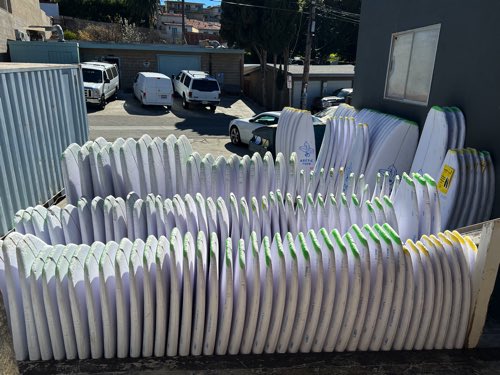
"Timmy and I have worked in factories across from each other, 50 feet apart, in San Clemente for many years," Matt laughs.
"And Lower is the most important location to our success. Throughout our career, the best surfers in the world have passed through our town, San Clemente, looking for a good surfboard. Just like real estate, it's all about location, location, location (laughs).
The Rowers are huge. Absolutely. It's an unfair advantage."
We spoke to Matt and Timmy (separately) about the formation of the Olympics, what the exposure means for their businesses, and more.
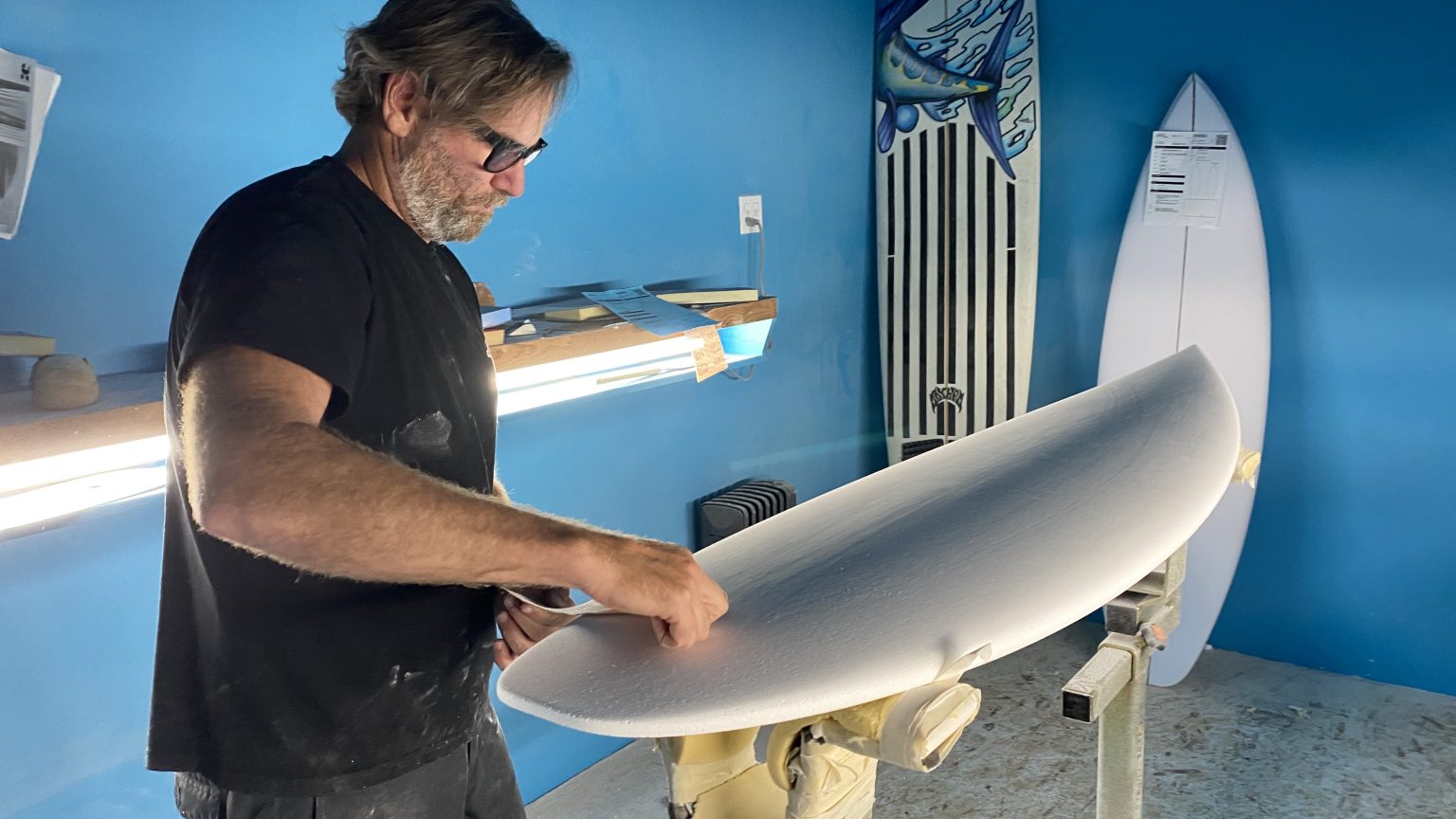
Matt: In the early rounds, when it was small, Carissa was riding this second-to-last board we made. We had been watching the camera [in Japan] for six weeks, and I had already built some extremely small boards for Kolohe. He was taking them to Doheny and finding the smallest waves he could. I told Carissa: "It's going to be one-footed, and I don't want to see you lose to these girls who are 25 pounds lighter doing check snaps." So I made her a couple of boards, 5'8" x 19 1/8" x 2 1/2" thick, called Lightspeed epoxy. I took them to Honolulu two days before she left; that board was 27.5 liters; her normal is 26 liters. It was a beast. But she looked great on it in the early rounds.
When the waves got big, she was on a brand new copy of a Magic Solid Wave board. It's a pintail, 5'10" x 18.56" x 2 3/8". It's basically a Driver 2.0. We call it a Step Driver. It's an inch bigger than her regular board, and she was able to go out there, make a couple of solid turns, and slam the end section shut. She did what she had to do in some really tough conditions.
watching their surfers win gold medals
Matt: Oh, that was awesome. It's an accomplishment. But I wouldn't put it above a world title, just because of the versatility and the amount of work it takes to do it.
If you separate it and look at it as a comp, it wasn't as difficult for Carissa as a normal CT event, because half the best girls couldn't get in. If you look at Stephanie [Gilmore], Sally [Fitzgibbons], and our girl Caroline [Marks], they kind of buckled down. They lost to inferior surfers in heats they should have won. They didn't make it to the big stage. That's what's most impressive: Carissa was supposed to do it, and she did it. And now people are going to talk about it. Carissa is perfect. They couldn't have asked for a better person. She's the best female surfer in the world and the perfect representative for surfing. I'm proud of her. I'm glad I did my job and made sure she had the board she needed.
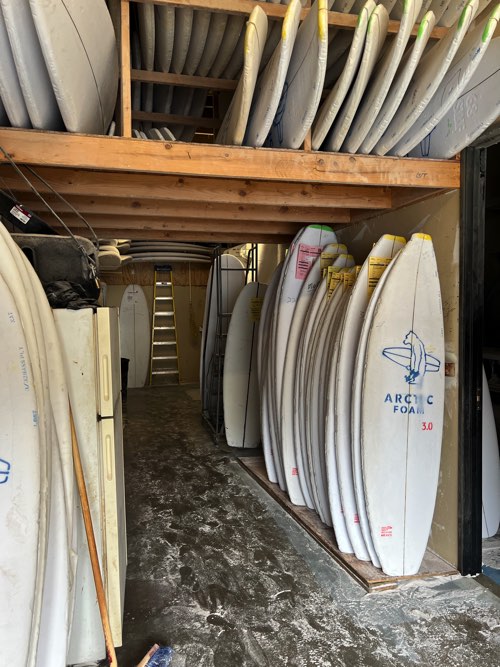 What Olympic Gold Means for Business
Matt: That's hard to say. The broadcast was worse than the NSSA student event. They blackmailed the entire core surfing community by getting us to sign up and pay for cable TV providers. I don't even know why they flew Joe Turpel and Mike Parsons to New York—that broadcast was nowhere to be seen. They planned to broadcast the surfing on the main NBC program but never did. That's something they need to understand. For example, why run the entire medal round in the afternoon in Japan with huge storm surf? The timing was terrible for the American audience. And the next morning was perfect, glassy, offshore, chest-pounding waves. It's great to see Carissa getting attention now, but I'm not sure the attention is on the actual broadcast.
What Olympic Gold Means for Business
Matt: That's hard to say. The broadcast was worse than the NSSA student event. They blackmailed the entire core surfing community by getting us to sign up and pay for cable TV providers. I don't even know why they flew Joe Turpel and Mike Parsons to New York—that broadcast was nowhere to be seen. They planned to broadcast the surfing on the main NBC program but never did. That's something they need to understand. For example, why run the entire medal round in the afternoon in Japan with huge storm surf? The timing was terrible for the American audience. And the next morning was perfect, glassy, offshore, chest-pounding waves. It's great to see Carissa getting attention now, but I'm not sure the attention is on the actual broadcast.
They also took down two of my posts about Carissa on Instagram. I stayed up late trying to post the medal ceremony—I filmed it on my phone and tried to post it on my personal account, but it blocked me. There's nowhere on earth you can watch that medal ceremony. They won't let anyone post the medal ceremony, but they won't post it either.

The reason why LOST surfboards perform so well is because they are able to be tested daily on the waves at LOWERS.
As MAYHEM states in their article, the reason why LOST boards are fast and move freely is because
This is because of the location advantage of being able to freely test out the waves at LOWERS!




 What Olympic Gold Means for Business
Matt: That's hard to say. The broadcast was worse than the NSSA student event. They blackmailed the entire core surfing community by getting us to sign up and pay for cable TV providers. I don't even know why they flew Joe Turpel and Mike Parsons to New York—that broadcast was nowhere to be seen. They planned to broadcast the surfing on the main NBC program but never did. That's something they need to understand. For example, why run the entire medal round in the afternoon in Japan with huge storm surf? The timing was terrible for the American audience. And the next morning was perfect, glassy, offshore, chest-pounding waves. It's great to see Carissa getting attention now, but I'm not sure the attention is on the actual broadcast.
What Olympic Gold Means for Business
Matt: That's hard to say. The broadcast was worse than the NSSA student event. They blackmailed the entire core surfing community by getting us to sign up and pay for cable TV providers. I don't even know why they flew Joe Turpel and Mike Parsons to New York—that broadcast was nowhere to be seen. They planned to broadcast the surfing on the main NBC program but never did. That's something they need to understand. For example, why run the entire medal round in the afternoon in Japan with huge storm surf? The timing was terrible for the American audience. And the next morning was perfect, glassy, offshore, chest-pounding waves. It's great to see Carissa getting attention now, but I'm not sure the attention is on the actual broadcast.







